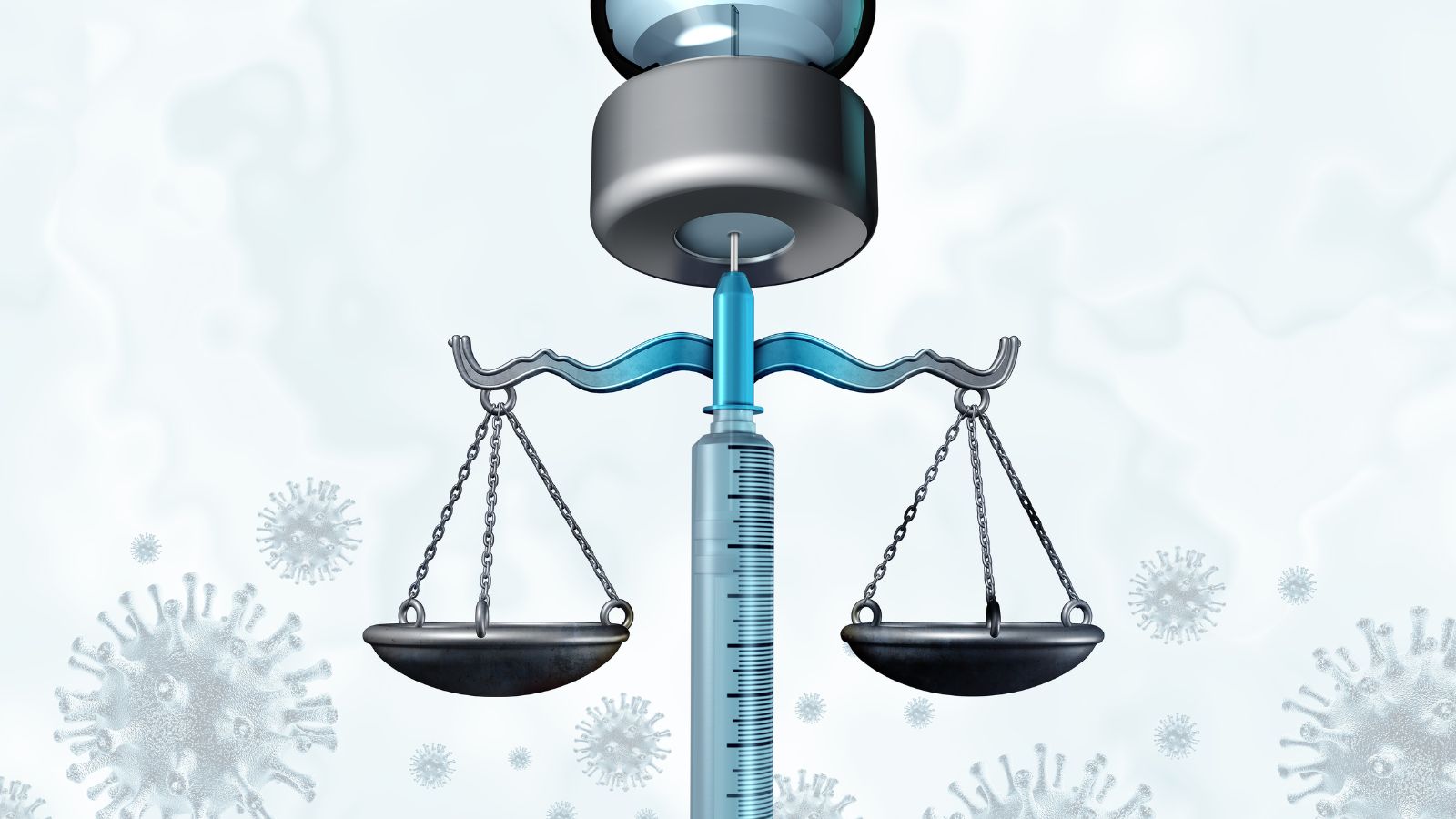In recent years, significant changes have occurred in the healthcare industry, resulting in increased expenses. Many people find it challenging to keep up with the rising cost of care when new technology and treatments become available. The list below shows 20 shocking tendencies driving up healthcare costs.
Telemedicine Charges

Particularly since the pandemic, telemedicine has become increasingly popular since it provides patients with convenient and speedy consultations. But now, what was formerly considered a less expensive substitute for in-person meetings reveals additional expenses. Due to increased prices or restricted coverage, certain telemedicine services are now just as expensive as in-person consultations.
Specific Medicines

Many specialty medications, especially for rare and chronic illnesses, are now available because of medical advancements. These medications can change a person’s life, but they are not cheap. Insurance companies hike premiums in response to the growing demand for these procedures, and patients are left with a heavy bill as out-of-pocket expenses soar.
Increases in Health Insurance Premiums

Many health insurance premiums increase annually, often significantly. Employee costs have gone up even with employer-sponsored coverage. Additionally, families must shoulder a significant portion of the cost before insurance benefits kick in due to increased deductibles and co-pays.
Unexpected Out-of-Network Bills

Even for those who have health insurance, out-of-network costs may come as a surprise. Patients frequently encounter significant, unforeseen expenses following an ER visit or a specialist consultation due to specific providers or services not being covered. These unexpected expenses may cause severe financial hardship.
Increasing Diagnostic Test Costs

Although necessary, medical testing, including blood work, CT scans, and MRIs, is becoming increasingly expensive. Even with insurance, individuals are increasingly frequently expected to cover a more significant portion of the bill. The cost of these diagnostic tests is rising with technological advancements, driving up healthcare expenditures.
Medical Equipment Costs

Medical equipment has become increasingly expensive as healthcare technology has advanced. These developments, which range from sophisticated imaging machines to personal medical gadgets like insulin pumps, are increasing the cost of healthcare. The costs associated with these devices can be prohibitive for people who require them, mainly if insurance does not fully cover them.
Hospital Accommodation Fees

The expense of hospital stays has skyrocketed; even brief stays can result in enormous expenses. Whether it’s for a quick check-up or surgery, the cost can be exorbitant, especially when you account for testing, drugs, and lodging. Patients are often taken aback by how expensive even primary hospital care may be.
The use of Consultative Medicine Has Increased.

Although concierge medicine is expensive, it provides individualized care. Patients must pay a membership fee for exclusive services and direct access to doctors. This paradigm widens the gap in healthcare accessibility because it is only available to those who can afford it despite offering convenience and attention.
Costs of Mental Health Treatment

The need for mental health treatments, such as therapy and counseling, is rising along with awareness of the issue. Unfortunately, many patients still have to pay out of pocket for their sessions because mental health care is still quite expensive. Long-term care is a costly undertaking since, even with insurance, coverage for mental health therapies is sometimes restricted.
Preventive Care Charges

To stay healthy, preventative care is advised, such as yearly physicals, screenings, and immunizations. But over time, these services have become more expensive. It can be challenging to prioritize health when it comes to preventative care because some are covered by insurance while others have out-of-pocket costs that can mount up rapidly.
Costs of Outpatient Surgery

The fact that more surgeries are now performed as outpatient procedures should, in theory, reduce expenses. On the other hand, outpatient treatment costs have increased, occasionally matching that of typical hospital surgeries. Additionally, many patients are unprepared for the extra expenses that ambulatory surgery centers throw on.
High Senior Care Costs

The need for senior care services, such as assisted living and home care, has increased as the population ages. Families are frequently responsible for covering the infamously high costs of these services. Although it is an option, long-term care insurance is costly and may not always cover all essential expenses.
Growing ER Expenses

One of the most expensive forms of healthcare is going to the emergency department. Patients may have to pay hefty amounts for diagnostic tests, facility fees, and doctor charges, even for minor conditions. Even in dire circumstances, many people are reluctant to seek aid due to the excessive expense of emergency care.
Medical billing outsourcing

These days, many clinics and hospitals outsource their billing, which increases the risk of mistakes and overspending. Patients may incur additional costs as a result of errors or erroneous charges. Patients may have to spend hours settling billing issues, which increases their financial load and level of stress.
Ambulance Service Cost

In an emergency, it’s often necessary to call for an ambulance, but the expense can be alarming. Ambulance travel can be expensive, especially for non-life-threatening situations, which many people are unaware of. Ambulance services might be partially paid for out of pocket, even with insurance, which can result in significant costs.
Hidden Fees for Wearables and Health Apps

An increasing number of people purchase wearables and health-tracking applications to monitor their well-being. But these gadgets frequently include unstated expenses, including membership fees for sophisticated functions. The costs mount up rapidly for individuals attempting to maintain their health even though they can be advantageous.
The expenses of Managing Chronic Illnesses

The cost of treating chronic conditions, including diabetes, high blood pressure, and heart disease, has increased. Patients are constantly burdened financially by the continuing need for medication, monitoring, and trips to specialists. The out-of-pocket expenses for managing chronic diseases are high, even with health insurance.
The expenditure on cutting-edge cancer treatments

Significant progress has been made in cancer treatment, but these innovative treatments are not cheap. Precision medicine, targeted medications, and immunotherapies are all very successful but come with excessive costs. The expense of cancer treatment places a significant financial strain on many people.
Response to Medical Tourism

In an attempt to save money, many patients have sought treatment elsewhere. However, there are risks associated with medical tourism. Any savings are typically offset by the need for further care that arises from complications from overseas treatments when returning home. Furthermore, the expense of additional therapies and unanticipated problems may exceed initial estimates.
Conclusion

The growing expense of medical care Improvements in healthcare has given patients more alternatives and better results. Still, they have also resulted in skyrocketing expenditures that strain their finances. The healthcare cost keeps increasing, from routine procedures to life-saving surgeries.
18 Reasons Why People Are Leaving Florida in Masses

Exploring factors that impact the desirability of living in Florida, this list delves into various challenges shaping residents’ experiences. From environmental concerns like rising sea levels to economic factors such as fluctuating job markets, these issues collectively contribute to a nuanced understanding of the state’s appeal.
18 Reasons Why People Are Leaving Florida in Masses
